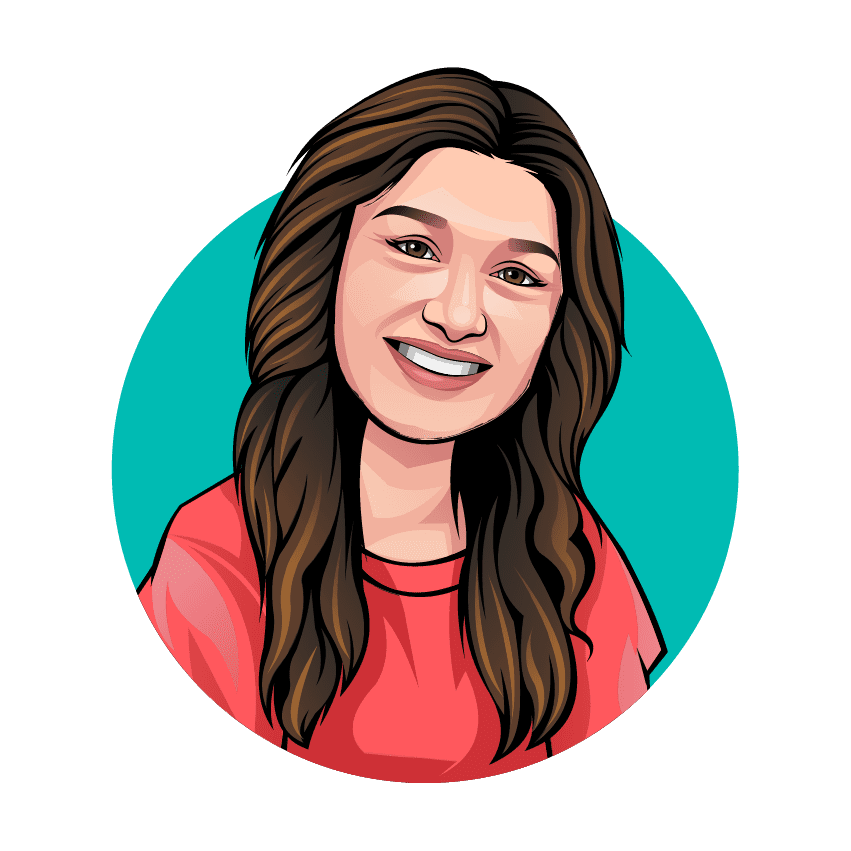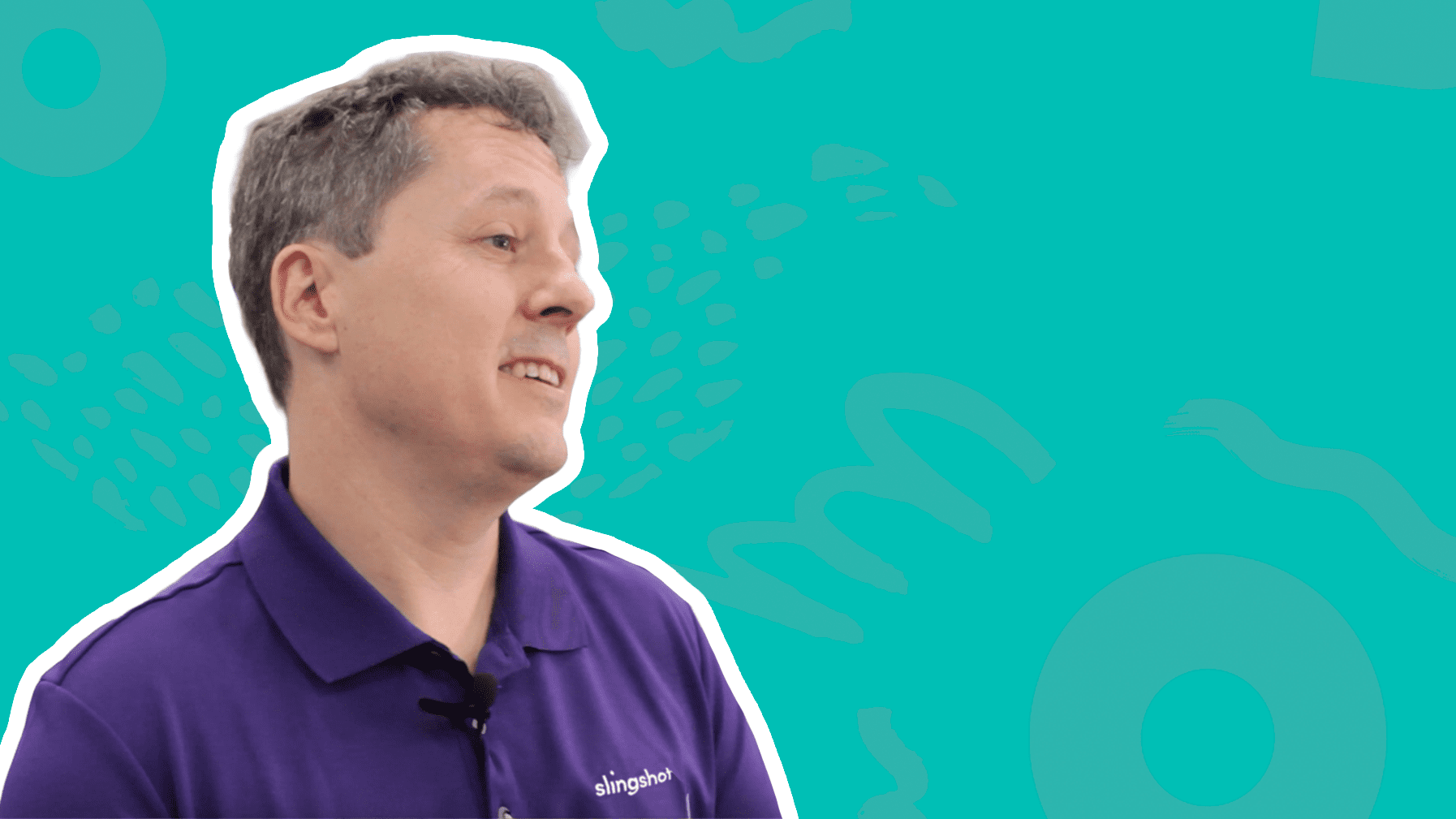Discover how Slingshot is scaling AI adoption across teams. In this behind-the-scenes video, David, our CEO, shares how we built role-specific AI learning tracks to accelerate real usage across the business.
By combining simple tools with structured strategy, we’ve helped product leads, designers, and developers build AI skills fast—without slowing down the work. Learn how we structured it, what activities we included, and why this approach drives results CEOs care about.
Transcript
At Slingshot, we’ve built a fairly large team focused on AI, and we’ve been pushing hard to integrate it across the organization. But the key is getting everyone on board—and I think a lot of companies are in the same boat.
One of our core strategies has been developing AI learning tracks. As a business, it’s important to recognize that even if you’re excited about AI, people will adopt it at different paces. Some will take initiative and learn on their own, but many others will need guidance and support.
You don’t need anything fancy to get started. We use a simple wiki inside Notion. We’ve created structured learning tracks, starting with a set of fundamental courses that everyone is required to take. These cover the basics—yes, they may be too simple for some, but in a larger organization, plenty of people will benefit from that foundation.
From there, we break the learning down by role. Different roles use different tools and prompt AI in different ways. For example, designers, product leads, QA, and developers all approach AI differently. If you’re in marketing, you might be using AI to write blogs. If you’re a developer, you’re writing code. Designers may use it to generate screens or mockups. The application is unique to each discipline.
This structure helps accelerate adoption. You start to identify leaders within each role who can help guide others and provide structure. That way, the rest of the team doesn’t feel like they’re figuring it out alone.
It’s also important to include practical activities. If you’re a developer, try building a feature using AI. If you’re on the content or business side, use ChatGPT to draft something. Whatever the role, hands-on work reinforces the learning.
These learning tracks have been really successful for us. The team gets excited about them. They’re not the entire strategy, but they’re a meaningful part of it. AI is a big skillset, and learning it takes time and purpose. You need more than just conversations and enthusiasm—you need structure, time, and commitment. For us, learning tracks have been a critical part of making AI real across the company.
More Inside Slingshot Content?

Edited by: Savannah Cherry
Savannah is our one-woman marketing department. She posts, writes, and creates all things Slingshot. While she may not be making software for you, she does have a minor in Computer Information Systems. We’d call her the opposite of a procrastinator: she can’t rest until all her work is done. She loves playing her switch and meal-prepping.

Expert: David Galownia
David excels at propelling Slingshot towards their goals and oversees the strategic direction of the company. He’s been described as ‘intense, driven, caring, and passionate’ both at work and play. At work, he enjoys watching his team explore, imagine, and reinvent to do the best by their clients. At play, he drives Karts at insanely high speeds and scares his wife half to death. It’s all or nothing. Which means he gives it all.




